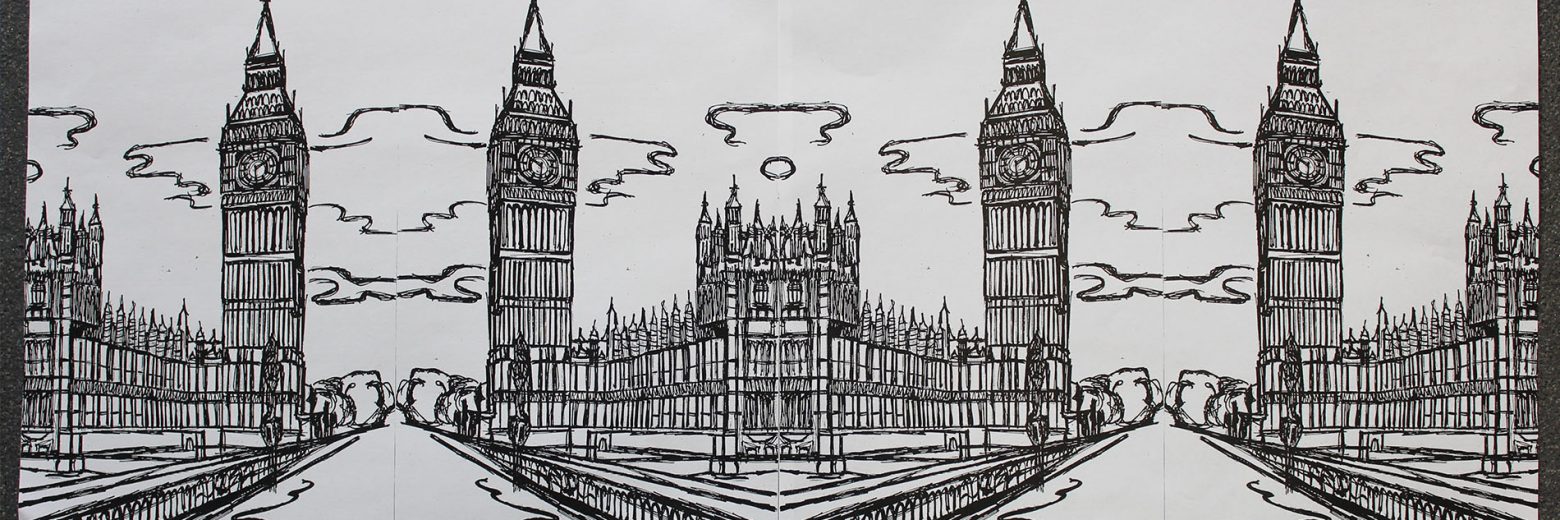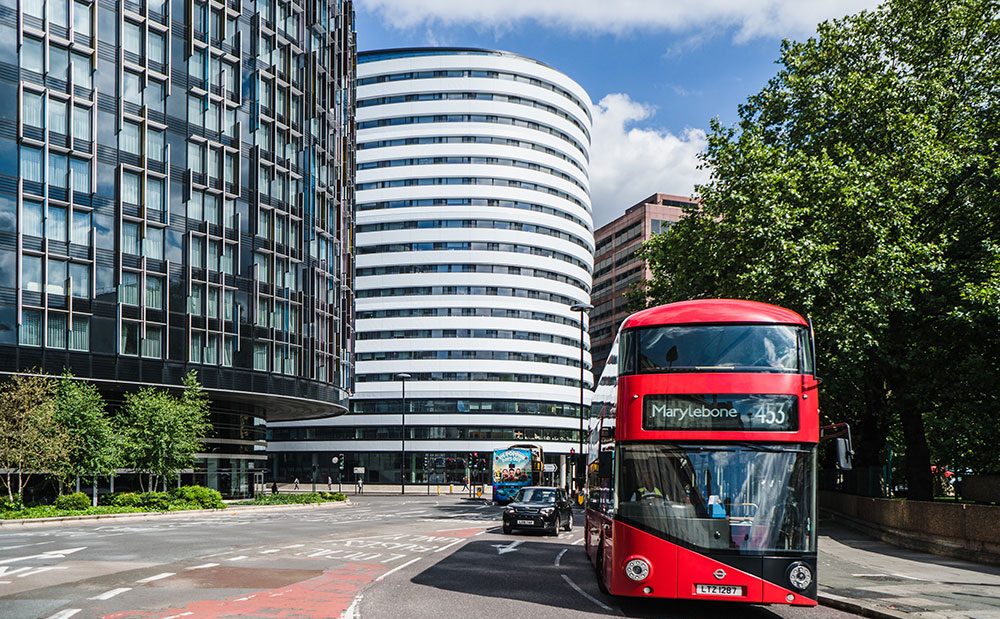ART, CRAFT & DESIGN
Students will develop their creative thinking skills and practical skills in drawing, painting, printmaking, photography and mixed-media.
To find out more about our outstanding Art Department, view our dedicated web page here.
WHAT IS GCSE ART & DESIGN?
This course will develop your skills in drawing, painting, printmaking, photography, mixed-media and the variety of materials and techniques. Inspired by your research of other artists’ work, you will learn to develop ideas through creative thinking and experimental work, as well as to produce meaningful final outcomes. This course will develop your practical skills as well as your creative thinking skills. During the course you will work on two major projects and gather evidence for two components:
Component 1: Portfolio (8201/C)
The portfolio must include:
A sustained project – This is a practical investigation of a set theme supported by written material, evidencing the journey from initial engagement with an idea(s) to the realisation of intentions. You will gather ideas informed by your visual and written research on other artists and your use of different art materials and working techniques, and will develop them into the final outcome or a series of related finished outcomes.
A selection of further work – This is any additional work you will produce on the course resulting from activities such as trials and experiments; skills-based workshops; responses to gallery, museum or site visits; independent study and evidence of the student’s specific role in any group work undertaken.
Component 2: Externally Set Assignment ((8201/X) – You will choose one of the seven starting points set by the examining board. During a preparatory period starting at the beginning of January, you will research a selected theme and develop ideas for a final outcome, which you will then produce unaided during 10 hours of supervised time under examination conditions. You will be required to produce work addressing four assessment objectives, and in addition to exploring various art materials and techniques, you will have to provide evidence of drawing activity and written annotation.
How will I learn?
In addition to attending lessons you will be expected to do a minimum of a further four hours of independent study each week. You will learn from your teachers, other artists, your peers, and from your own experience. Your teachers will use various teaching techniques appropriate for different learning styles. They will set you appropriate various practical exercises and tasks to give you an opportunity to learn from own experience. You will experiment with materials, explore the use of the formal elements and work from direct observation. You will use sketchbooks as well as larger pieces of paper to record your research and exploratory work. You will learn from other artists by studying their work in galleries and lessons. As the course progresses you will need to demonstrate greater independence in producing the personal responses to a theme and will be encouraged to communicate meanings and messages through your work.
HOW WILL MY WORK BE ASSESSED?
Both components are marked by your teachers and moderated by AQA examiners. Your coursework (Component 1) accounts for 60% of the final mark and the externally set assignment (Component 2) for the other 40%.
Your grade will depend on how well you meet the four assessment objectives which is linked with your technical and creative ability. Your technical and creative ability will develop with practice.
Your work will need to provide good evidence of the following:
Assessment Objectives (AOs): GCSE Art & Design
| AO1 | AO2 | AO3 | AO4 |
| Develop ideas through investigations demonstrating critical understanding of sources. | Refine work by exploring ideas, selecting and experimenting with appropriate media, materials, techniques and processes. | Record ideas, observations and insights relevant to intentions as work progresses. | Present a personal and meaningful response that realises intentions and demonstrates understanding of visual language. |
What skills will I need to be successful in this subject?
You need good drawing skills and imagination. You must be prepared to try new ideas and to develop your skills. As well as drawing and painting this course is concerned with the meanings and ideas which works of art contain so you must be willing to study the work and ideas of other artists and you must be good at having ideas of your own. Art is time-consuming so your commitment and enthusiasm are essential for success.
WHICH EXAM BOARD WILL BE STUDIED?
AQA GCSE Art & Design
Specification: GCSE Art & Design
Title: Art, Craft and Design (8201)
What subjects can it lead to at A level / what grade would I need to study Art at A level?
As well as giving you the chance to creatively engage with the world around you and develop technical skills, the study of art and design equips you with transferable skills that will support you in both further study and a range of careers. With a GCSE Art and Design course you will be able to progress onto A level Art and Design, Graphic Communication or Photography, providing you achieve 5 GCSEs at grades A-C, including a minimum of grade C in GCSE ART.
A level Art and Design can prepare you for a range of degree courses including:
• 2D and 3D animation
• Architecture
• Art conservation
• Art history
• Art therapy
• Film. video production and media studies
• Fashion and textile design
• Fine art
• Furniture design
• Graphic design
• Game design
• Illustration
• Interior design
• Jewellery design
• Photography
• Product design
• Textile design
• Theatre Set design
• Three-dimensional design
• Web design
WHAT CAREERS CAN IT LEAD TO?
Studying an art, craft and design related course at GCSE, A level and a degree at university can give you all sorts of exciting career options, including working as an:
- Animator
- Architect
- Art therapist
- Art restorer
- Cartoonist
- Computer game designer
- Community arts worker
- Exhibition designer
- Fashion designer
- Film/video maker
- Fine artist
- Furniture designer
- Graphic designer
- Illustrator
- Interior designer
- Jeweller
- Museum/gallery conservator
- Medical illustrator
- Printmaker
- Product designer
- Teacher
- Theatre designer
- Web designer
EXTRA CURRICULAR/TRIPS/ACTIVITIES
One of the benefits of studying at DLD College in London is that, as an art student, you will have access to one of the largest and most diverse range of museums, galleries, exhibitions and art related events of any city in the world. From festivals, art and cinema, to museums, theatre and architecture, London has a great deal to offer anyone studying in the city, especially those specialising in the arts. Our art and design students will have a chance to immerse themselves in the vibrant energy and diversity of London and make their time as a student here unforgettable.
There are more than 170 museums in London, 11 of which are national museums. There really is something to suit all interests. Some of the city’s museums preserve thousands of years of culture and history and you can visit a lot of them for free. The Victoria and Albert Museum in Kensington and the Fashion and Textile Museum in London Bridge are just two of the many museums for arts students to enjoy.
There are almost 1,000 art galleries situated in London. The National Gallery, The National Portrait Gallery, The Tate Modern, The Somerset House, The Courtauld Gallery as well as the numerous smaller galleries, are placed in a walking distance from DLD College. We often collaborate with them, organising visits as well as participating in workshops run by professional artists, exposing our art students to unique experiences. The most frequently visited practical workshops are: Introduction to painting techniques, Introduction to printing techniques, Making paint and Painting with gold leaf.



